National forests are home to some of the wildest and rugged landscapes in the United States. While they perhaps don’t get as much attention as their more famous national park cousins, national forests offer ample opportunity for outdoor recreation, especially if you enjoy camping.
Camping in national forests is a superb way to enjoy some quality time in nature. But planning a camping trip to a national forest requires a solid understanding of the rules that govern overnight stays on federal land.
In this article, we’re going to give you all the information you need to plan your next camping adventure to one of the more than 150 national forests in the US. We’ll discuss everything from the different kinds of campsites to booking a spot at a campground so you know what you expect before you leave home.
What Are National Forests?
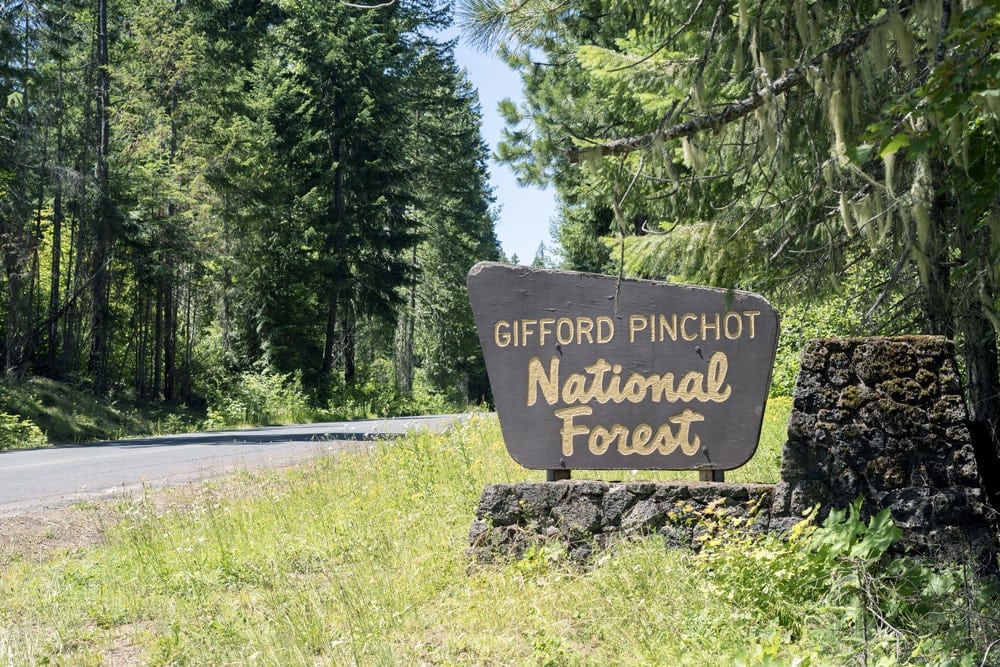
To kick things off, let’s first discuss what national forests are.
In the United States, a national forest is a federally designated parcel of land that’s managed by the US Forest Service. The US Forest Service is a federal agency under the US Department of Agriculture that was established in 1905.
Congress created the US Forest Service to “provide quality water and timber for the nation’s benefit.” The motto of the US national forests is “land of many uses,” which hints at the fact that national forests aren’t just for outdoor recreation.
While national forests are home to some of the best hiking and recreation opportunities in the country, they’re also actively managed for logging, mining, and other resource extraction purposes.
This makes them different from national parks, which are managed by the US National Park Service under the US Department of the Interior. In fact, the role of the US National Park Service is to preserve “unimpaired the natural and cultural resources and values of the National Park System for the enjoyment, education, and inspiration of this and future generations.”
The US National Forest Service currently manages 155 national forests, 20 national grasslands, and 1 national tallgrass prairie. Combined, all of these forests and grasslands encompass approximately 193 million acres (78 million hectares), which is about 8% of all the land in the US.
Camping Statistics in National Forests

Despite being known as the land of many uses, national forests are perhaps most frequently used by the general public as places for outdoor recreation.
According to the most recent US Forest Service National Visitor Use Monitoring Survey from 2016 to 2020, there were approximately 168 million visitors to all national forests.
The US Forest Service believes that the COVID-19 pandemic led to a sizable increase in the number of visitors to federal lands in 2020. But even when the data is adjusted to account for this statistical oddity, visitation numbers are on the rise in national forests.
Calculating the precise number of people who camp in national forests isn’t easy because there are some forests that don’t require permits to stay overnight in the backcountry.
But from 2016 to 2020, the US Forest Service saw over 12.9 million visits to developed campgrounds. The average length of a visit to a developed campground during this time was 45.2 hours, or just under 2 days.
When the US Forest Service asked visitors about the activities that they do at national forests, approximately 7.5% say that they spent time in a developed campground while 2.8% went dispersed camping and 2.1% said that they went backpacking.
These may seem like small numbers, but this means that approximately 20.8 million visitors went camping in US National Forests between 2016 and 2020. That’s pretty darn awesome if you ask us.
You may also like: 57 US National Parks Ranked According to Sceneries, Landmarks & Wildlife Opportunities!
Three Camping Styles in National Forests
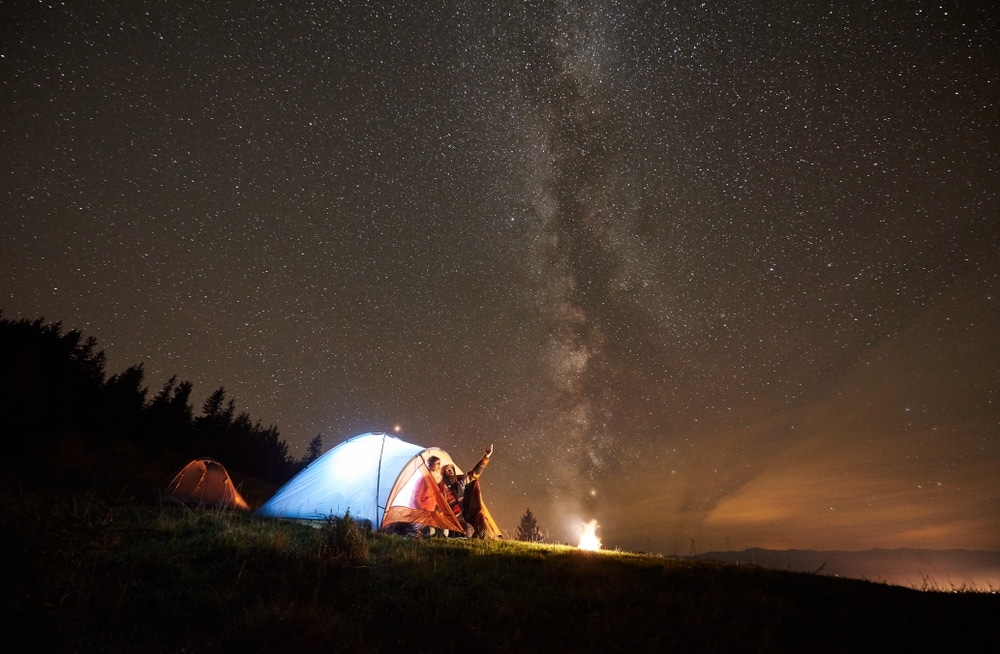
Depending on your personal camping style, there are many ways to enjoy a magical night in the outdoors at a US national forest. Here’s a closer look at the 3 main ways to camp in a national forest.
1. Campground Camping
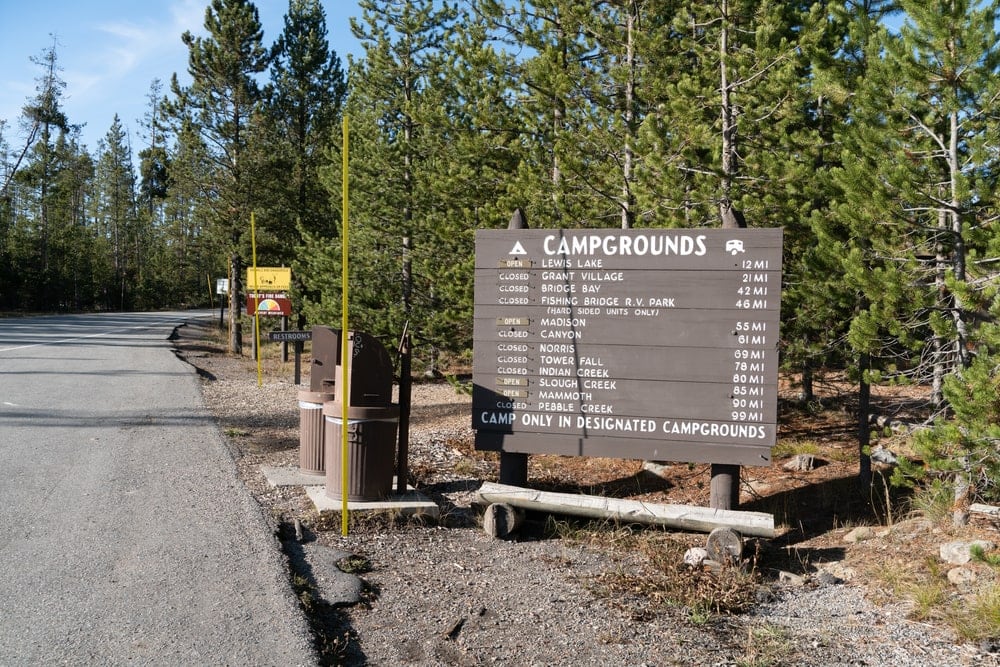
One of the most popular ways to camp in a national forest is in a designated campground. Most US national forests have at least 1 designated campground, though the vast majority of forests have multiple campgrounds available that cater to a wide range of outdoor enthusiasts.
National forest campgrounds can often accommodate tent and RV camping. However, some don’t have long enough campsites for larger motorhomes. So always check the maximum vehicle length at a given campground before making a reservation.
Additionally, designated campgrounds in US national forests truly run the gamut in terms of available amenities. While some campgrounds offer everything from flushing toilets, hot showers, camp stores, fire pits, and electrical hookups, some of the less-developed spots don’t even have potable water.
It’s essential that you double-check what amenities are available at a given campground before you make a reservation or snag a first come, first served site. The last thing you want is to show up at a remote campground without water only to find out that there isn’t any drinking water available.
2. Dispersed Camping & Backpacking
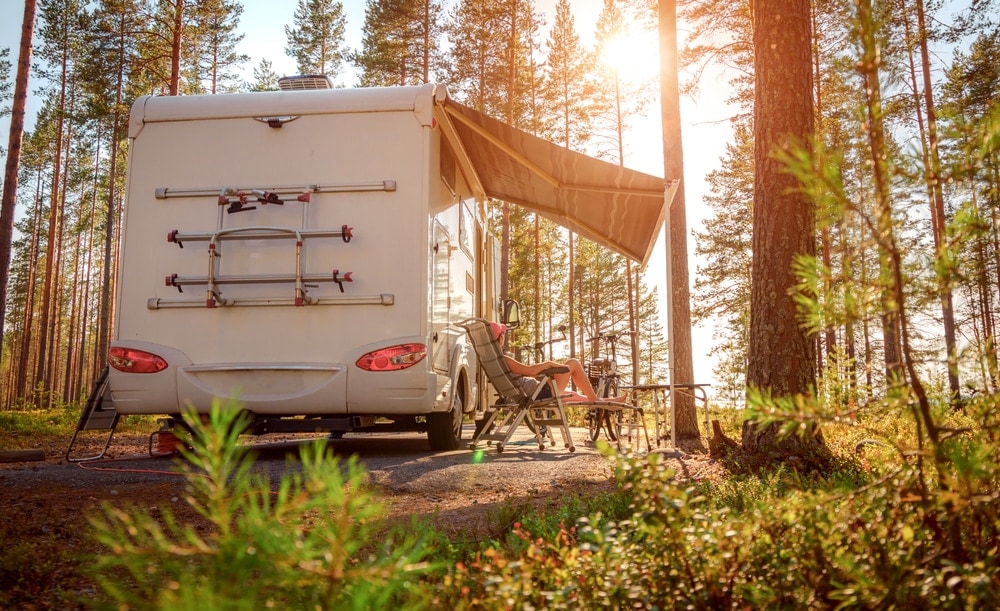
Dispersed camping is technically defined as camping anywhere in a national forest outside of a designated campground. While many people think of dispersed camping and backpacking as the same thing, not all dispersed campsites are located deep in the backcountry.
Every national forest is different, but you can generally dispersed camp along roads away from developed areas, so long as you are more than 100 feet (30 m) from a water source. If you’re camping along a road, many national forests require that you keep your vehicle within 150 feet (45 m) of the road to prevent plant damage.
This type of dispersed camping is popular among off-roaders, RVers, and van lifers as it gives you a free way to spend the night in a national forest without the need to carry your gear deep into the wilderness. But, you need to be self-sufficient when you dispersed camp and you need to know about any rules and regulations that are unique to a specific national forest.
Backpacking is another type of dispersed camping where you spend the night away from developed areas and roadways.
Every national forest has its own rules about backpacking. But most allow you to camp more or less wherever you’d like so long as you’re more than 200 feet (60 m) from a road, trail, or body of water.
However, some very popular national forests require that you stay in specific primitive campsites when backpacking. A number of national forests also require that you get a backpacking permit before your trip. Some of these permits are self-issued for free at trailheads while others require reservations, lotteries, and formal applications.
3. Rental Cabins
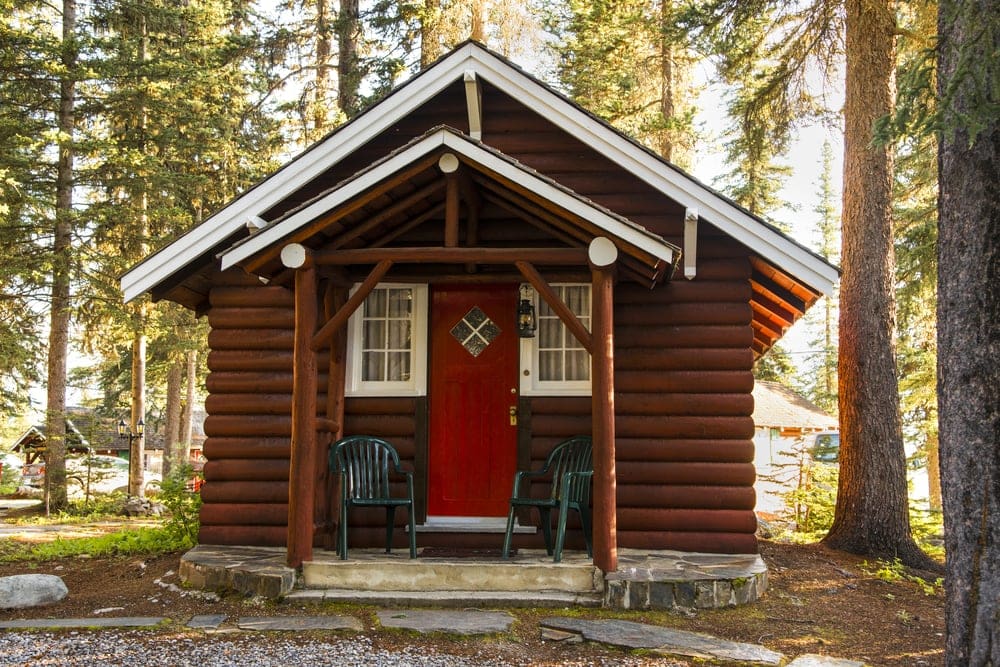
Although it’s not technically a type of camping, rental cabins are often an excellent way to spend a night in a national forest. Most visitors don’t even realize that many national forests in the US have cabins available for rent. But if you want to get away from the hustle and bustle of city life without sacrificing creature comforts, rental cabins are a sure bet.
As is the case with most things in national forests, the types of cabins available for rent at any given location can vary quite dramatically. Some national forests have modern cabins that feature electricity and running water while others let you rent a night in a historic cabin with relatively few amenities.
There are some US Forest Service cabins that have road access so you can drive your car right up to the cabin. But there are many other national forest cabins that are only accessible on foot, horseback, boat, or bush plane.
Also keep in mind that you almost always need to make reservations to rent cabins in national forests. Some ranger districts let you make reservations online while others only accept reservations over the phone. Always do your research to learn more about a given cabin before you book your stay.
You may also like: Your Guide to Primitive Camping – Discover the Supplies and Gear You Need & Camping Spots To Visit!
Best National Forests for Different Camping Styles
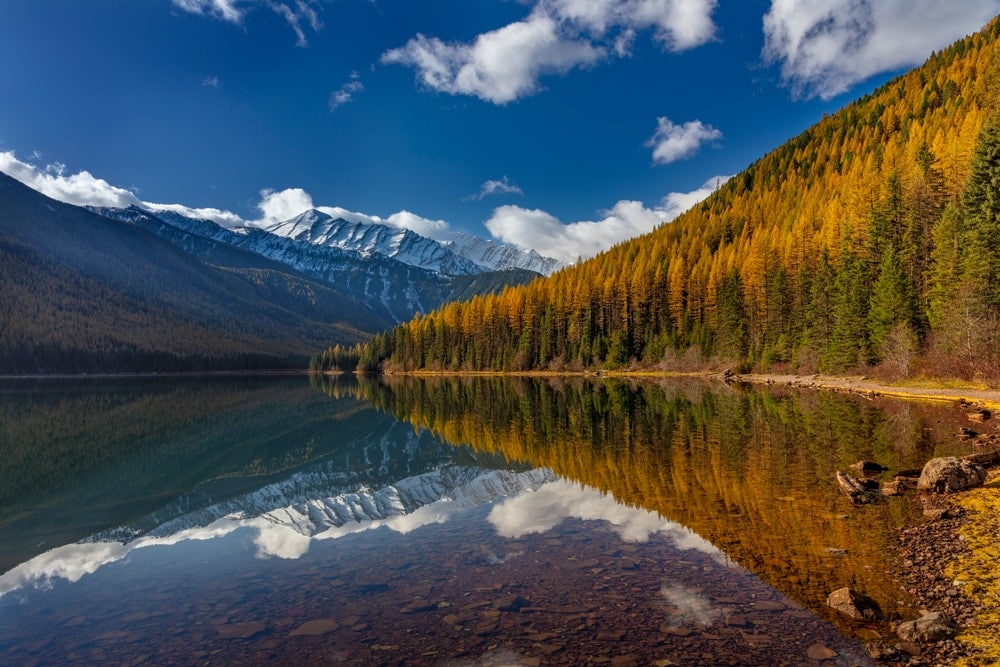
With over 150 national forests to choose from, there’s no shortage of destinations for your outdoor adventures. Here’s a quick look at some of the best national forests in the United States to check out based on your preferred camping style.
Campground Camping
There are over 2,000 developed campgrounds in US national forests. The key is finding the right campground for your needs. Some of the most popular national forests to visit if you enjoy campground camping include:
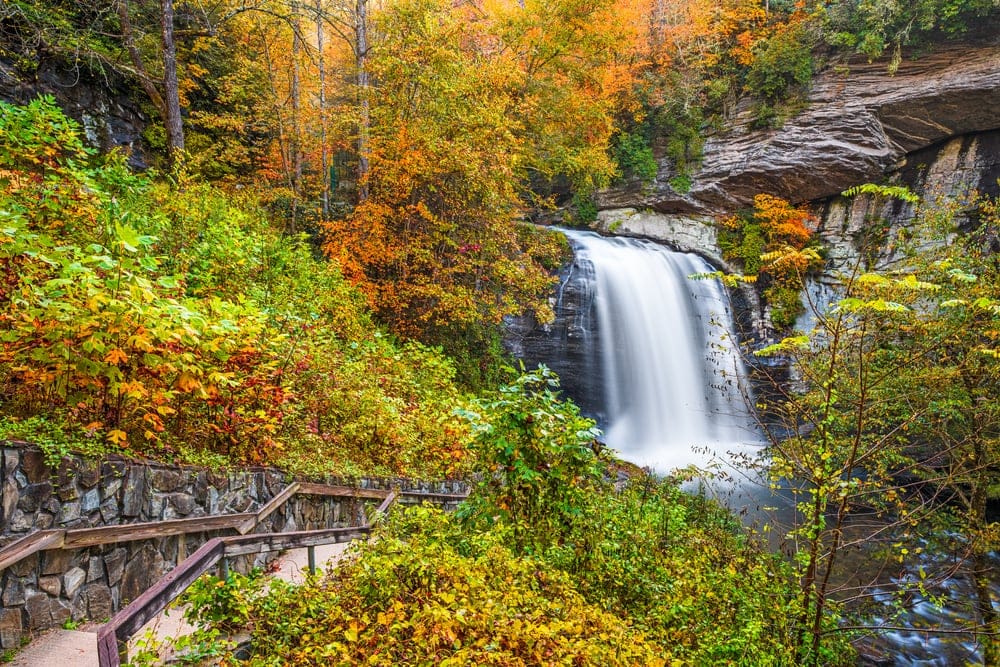
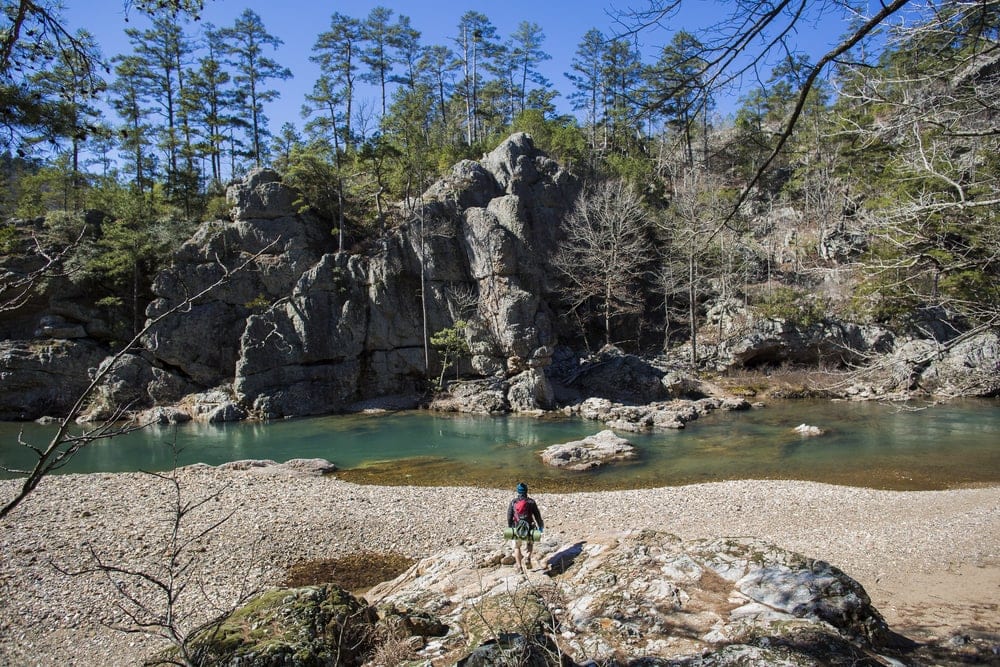
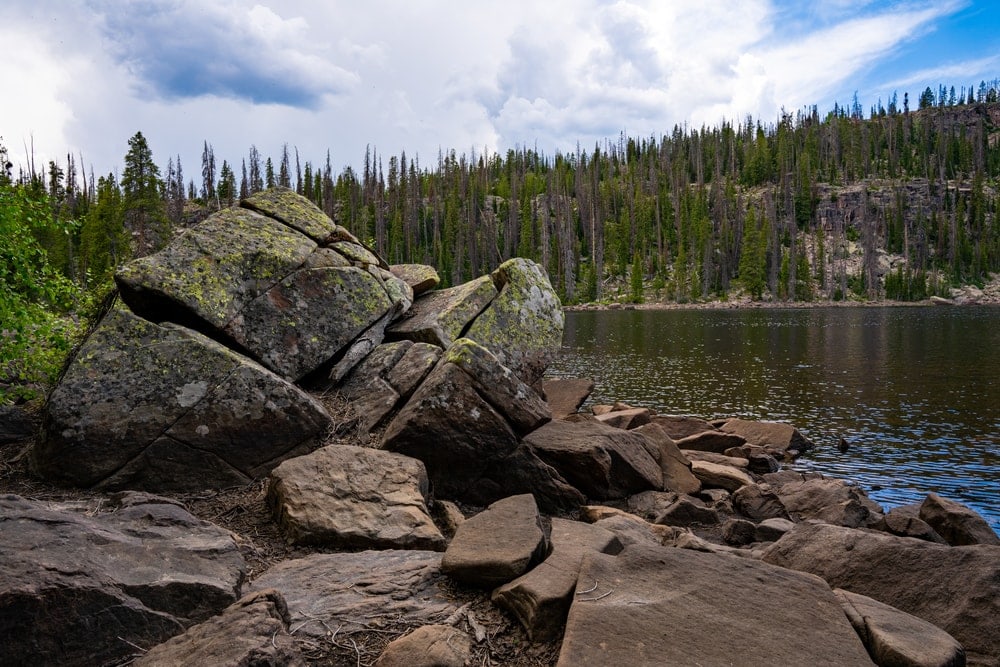
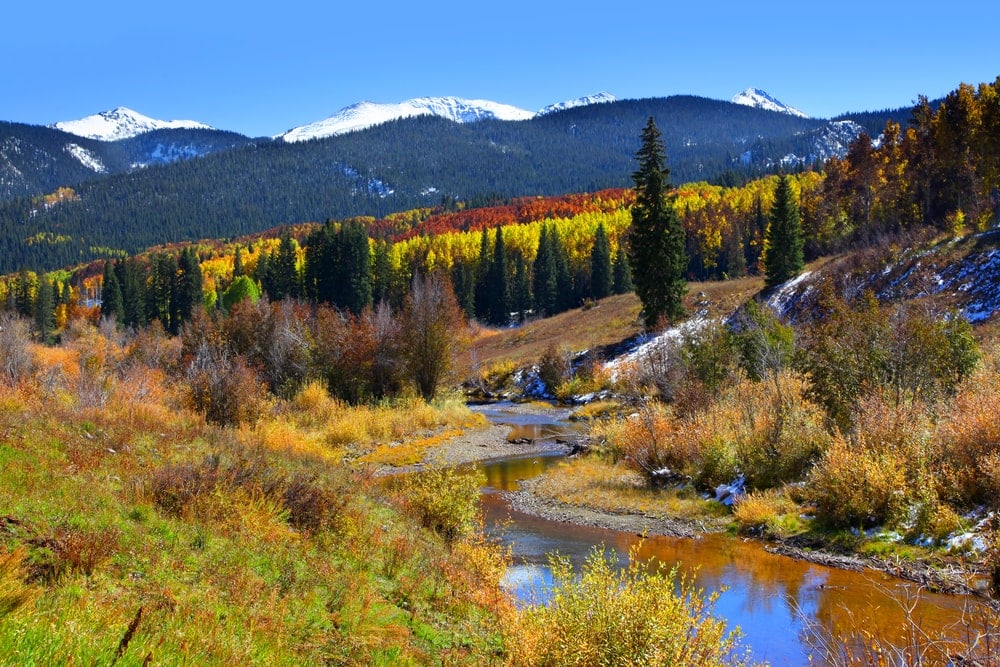
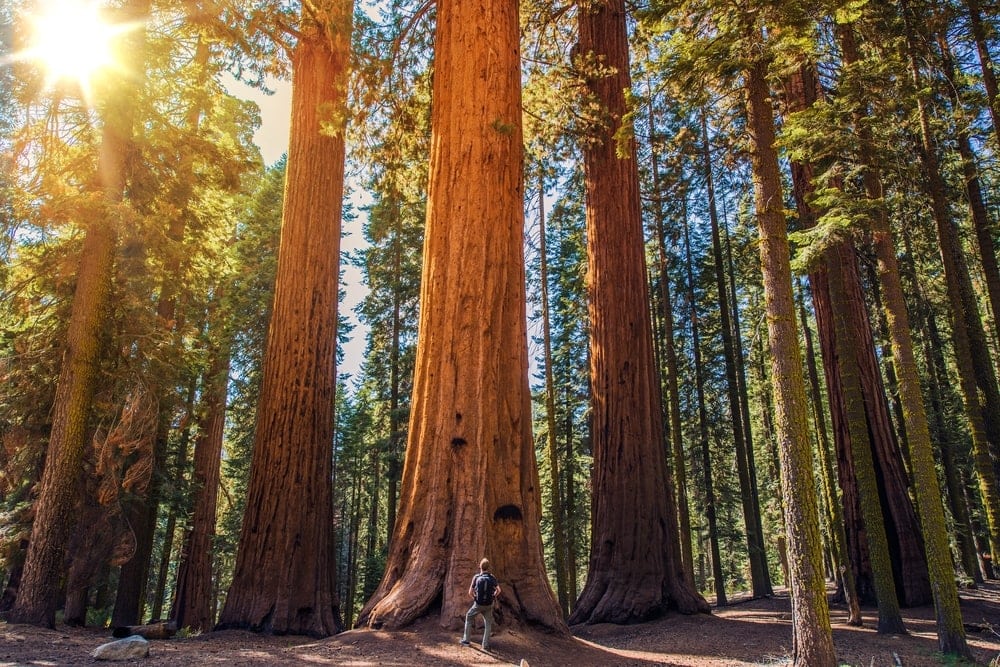
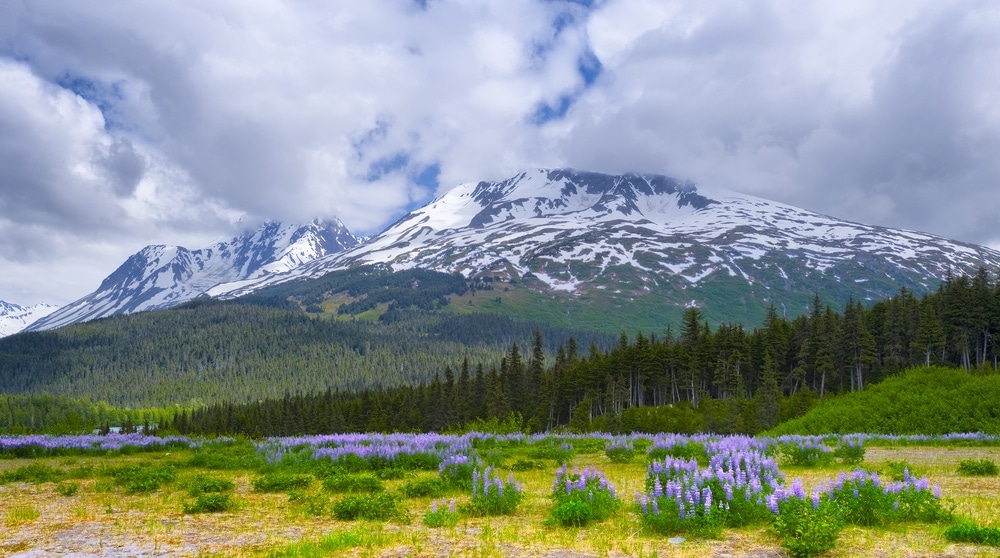
East
- Pisgah National Forest
- Green Mountain & Finger Lakes National Forest
- George Washington & Jefferson National Forest
- Osceola National Forest
Midwest & Plains
- Davy Crockett National Forest
- Ozark-St. Francis National Forest
- Ouachita National Forest
Southwest
- Ashley National Forest
- Lincoln National Forest
- Cibola National Forest
Rocky Mountains
- Rio Grande National Forest
- San Isabel National Forest
- Gunnison National Forest
- Sawtooth National Forest
West
- Angeles National Forest
- Los Padres
- Sequoia National Forest
- Sierra National Forest
- Gifford Pinchot National Forest
- Deschutes National Forest
Alaska
- Chugach National Forest
- Tongass National Forest
- Cibola National Forest
Dispersed Camping
Nearly every national forest in the US offers some form of dispersed camping. The bulk of the national forests in the country allow you to camp in or near your vehicle along a road. You can also generally find backcountry dispersed campsites in US national forests.
While there are adventures to be had in any national forest, here are some of the most popular national forests for dispersed camping:
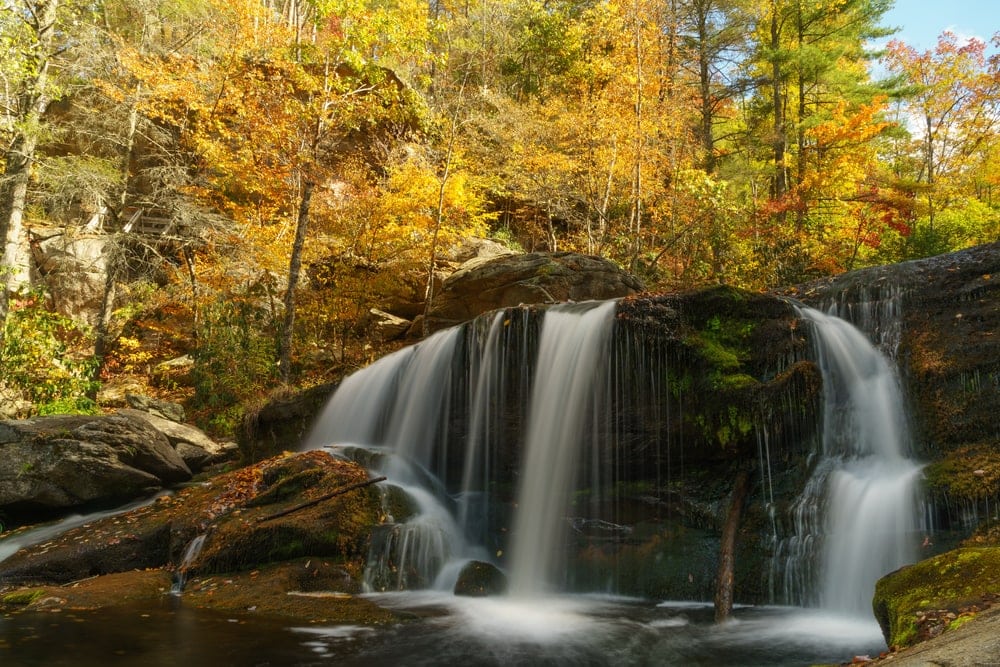
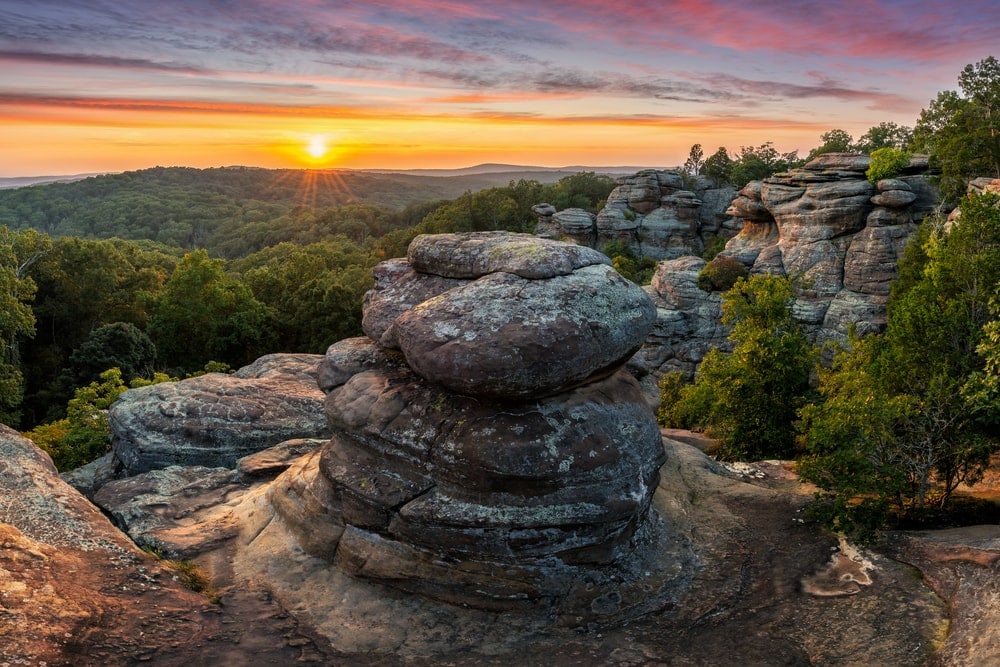
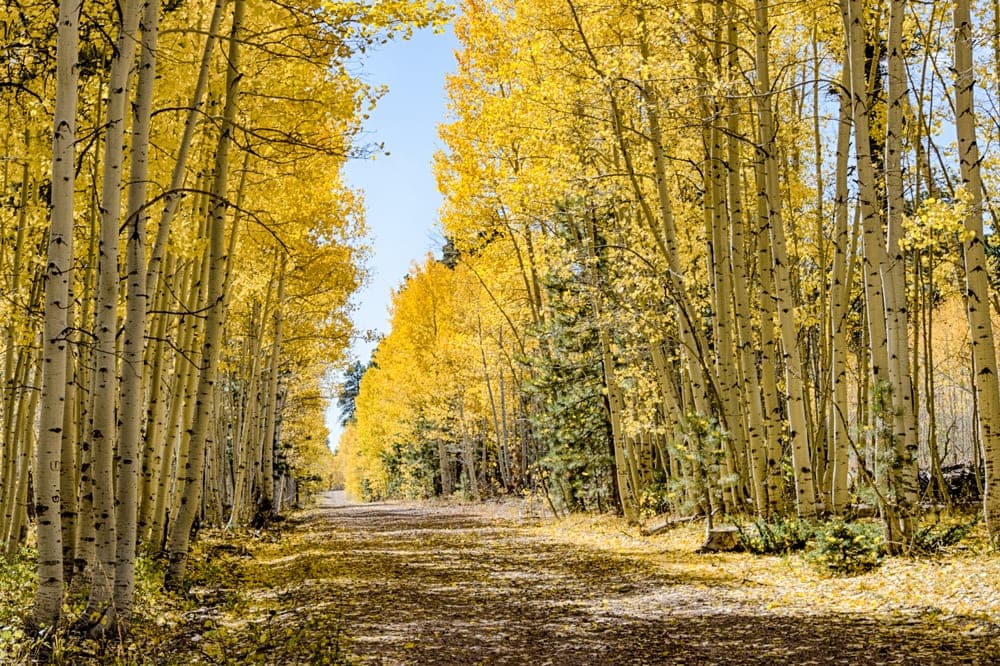
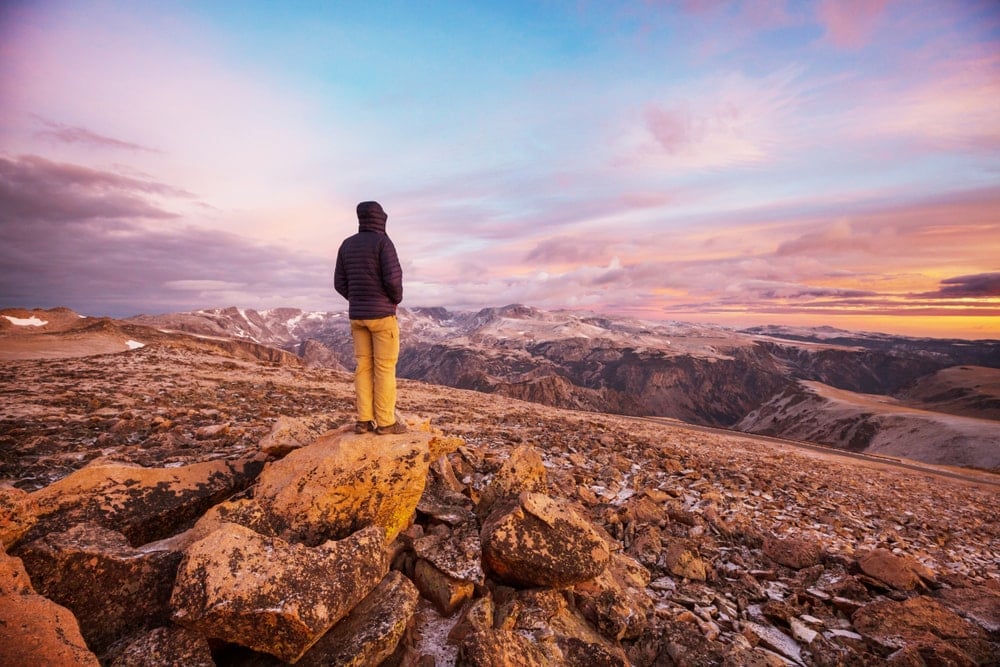
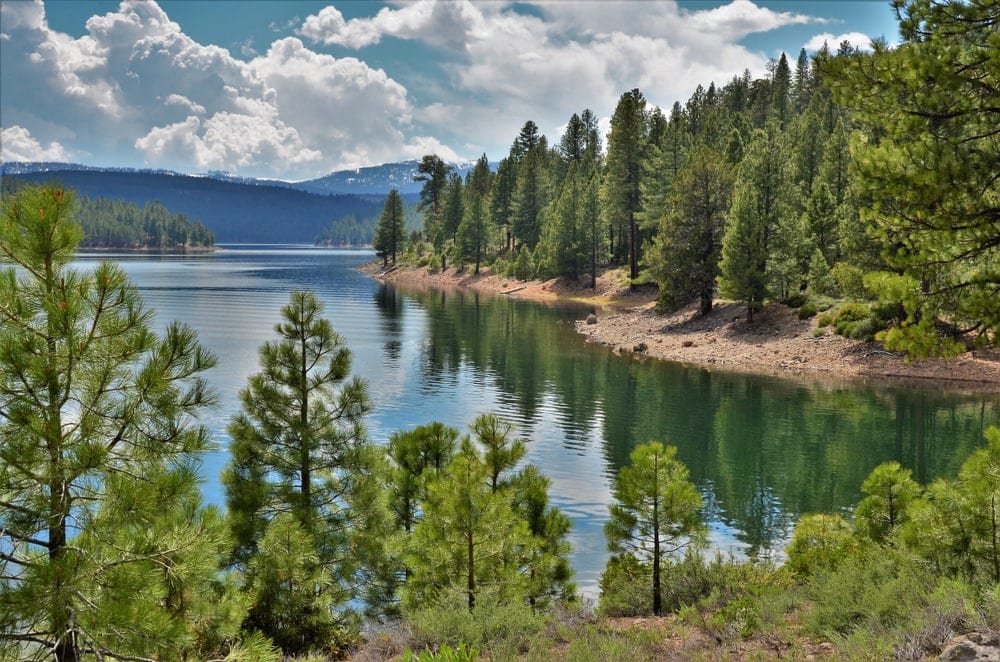
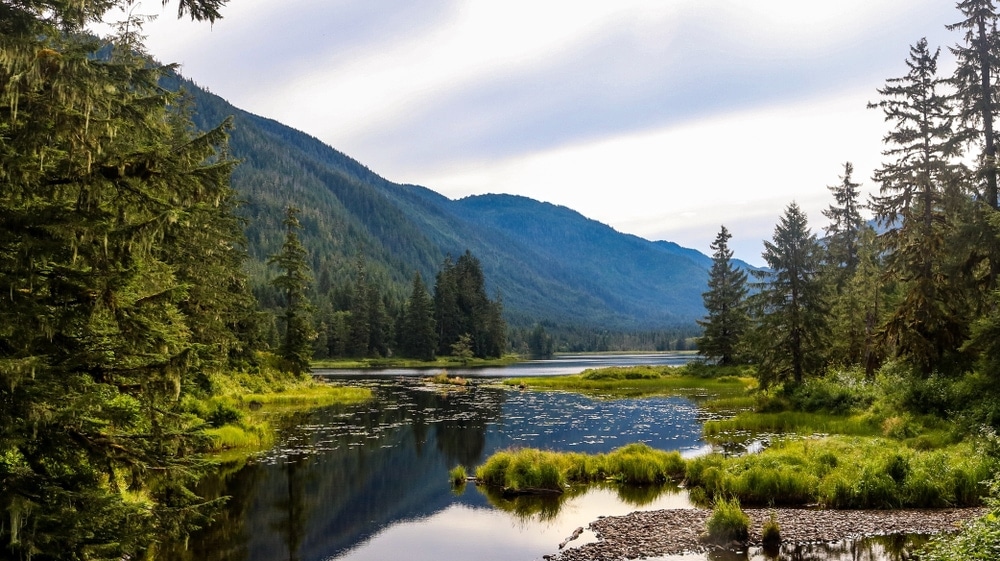
East
- White Mountain National Forest
- Cherokee National Forest
- Daniel Boone National Forest
- Green Mountain National Forest
- El Yunque National Forest
Midwest & Plains
- Shawnee National Forest
- Hoosier National Forest
- Ottawa National Forest
Southwest
- Prescott National Forest
- Kaibab National Forest
- Manti-La Sal National Forest
- Uinta-Wasatch-Cache National Forest
- Gila National Forest
Rocky Mountains
- Shoshone National Forest
- Bridger-Teton National Forest
- Bitterroot National Forest
- Gallatin National Forest
- San Juan National Forest
West
- Inyo National Forest
- Tahoe National Forest
- Mount Baker-Snoqualmie National Forest
- Olympic National Forest
- Mount Hood National Forest
Alaska
- Chugach National Forest
- Tongass National Forest
You may also like: Cleanliness On The Go: How To Shower While Camping
Rental Cabins
Although most national forests offer both campgrounds and dispersed camping, not all forests have cabins available for rent.
Both national forests in Alaska (Tongass and Chugach) have dozens of cabins available for visitors. A sizable number of the national forests in the Lower 48 also have at least 1 cabin available, too.
Some popular places to rent cabins in US national forests include:
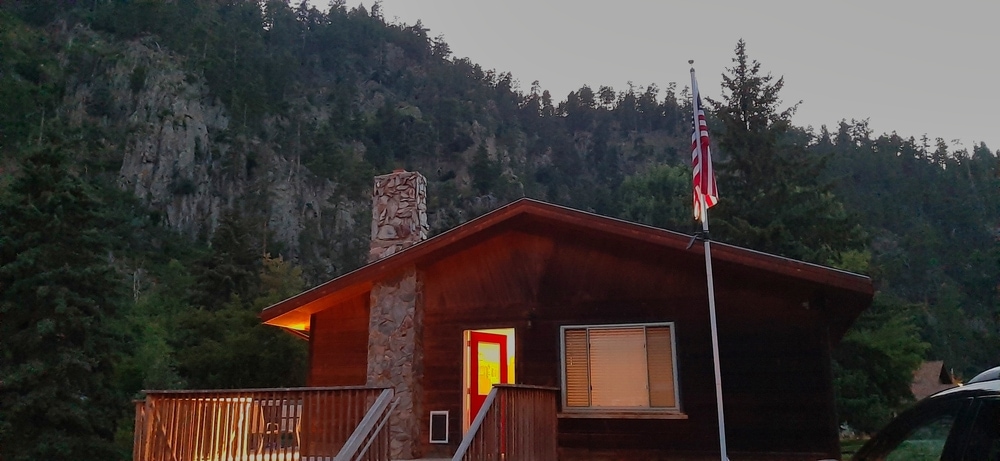
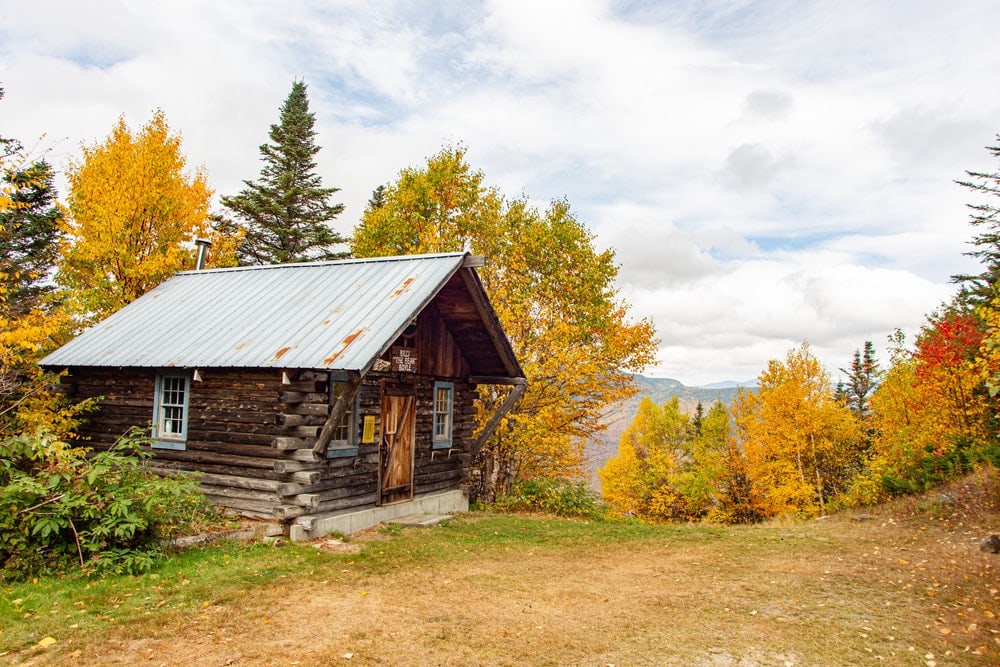
- Sequoia National Forest (California)
- Monongahela National Forest (West Virginia)
- White Mountain National Forest (New Hampshire & Maine)
- Bighorn National Forest (Wyoming)
- Chequamegon–Nicolet National Forest (Wisconsin)
- Dixie National Forest (Utah)
- Black Hills National Forest (South Dakota & Wyoming)
- Allegheny National Forest (Pennsylvania)
- Malheur National Forest (Oregon)
- Nantahala National Forest (North Carolina)
- Beaverhead-Deerlodge National Forest (Montana)
You may also like: Check out the 63 National Parks in the US and All the Fun Activities You Can Do
How to Reserve National Forest Campsites
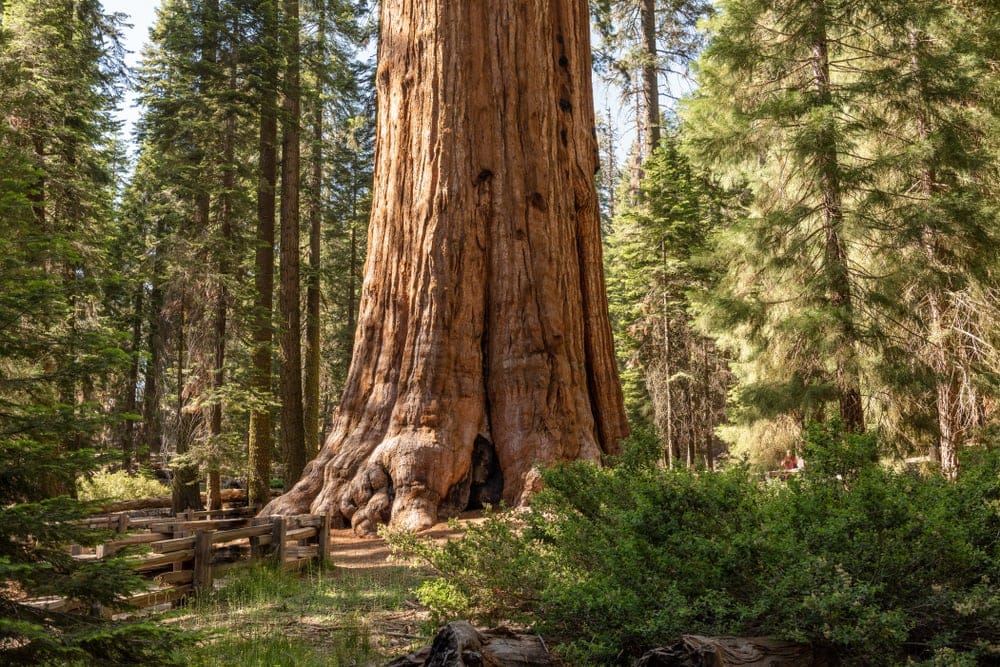
If you want to stay at a reservable campsite in a national forest, there are a number of ways to make a reservation.
The easiest way to make a reservation for a national forest campground is to go to Recreation.gov. This is the government’s website for making reservations for campsites and cabins at most federally managed outdoor recreation areas, including national parks, national forests, and national monuments.
Recreation.gov is primarily used to book campgrounds on federal land. However, some national parks and forests with designated backcountry campsites also use Recreation.gov to process backcountry campsite reservations and permit lotteries.
To reserve a campsite at a national forest campground, do the following:
- Navigate to Recreation.gov.
- Type in the name of a national forest or a specific campground.
- Choose a campground from your search results.
- Review all of the available information about the campground, including the information under the Facility Information, Fees & Cancellations, and Seasons & Bookings tabs.
- Enter a check-in and a check-out date to find available campsites for your trip. You can limit your search by site type (e.g., tent camping or RV) or by available amenities (electrical hookups, accessibility, etc.).
- Scroll through all of the available campsites in the availability grid.
- Select an available campsite.
- Press Add to Cart.
- Log in to your Recreation.gov account.
- Enter your personal information, group size information, and number of vehicles.
- Review your campsite reservation.
- Enter your payment details to finalize your booking.
- Print out or save your campground reservation confirmation. You may need this to check-in at your campground.
Note that you only have 15 minutes to complete the order details and pay for your campground reservation once you add campsites to your cart. After those 15 minutes are up, your chosen campsite reservation will be re-released back to the public and anyone can reserve that site. If this happens, you’ll have to start the booking process over again.
In addition to Recreation.gov, some national forests also accept campsite reservations by phone. This is becoming less common each year and not all national forests allow reservations over the phone. When in doubt, you can always call a national forest district option and talk to a ranger for more advice.
You may also like: Walk-up Campsites – Learn How to Get A Campsite Without Reservation!
5 Expert Tips for Camping in National Forests
There are few better ways to spend quality time outside than by camping in a national forest. Here are 5 expert tips for camping in national forests to help you make the most of your time outside.
1. Research Your Campsite Ahead of Time

Whenever you camp in a national forest, it’s imperative that you research your potential campsite ahead of time. No two campsites are alike in any given national forest, so you definitely don’t want to assume that a given campsite will have specific amenities, like electrical hookups, water, or even a fire pit.
If you’re staying at a campground or a cabin, you should definitely take the time to read any and all information you can find about your destination online. Most ranger offices are also happy to answer any questions you might have about your potential campsite before your trip, so feel free to give them a call if you can’t find the information you need on a national forest’s website.
2. Learn About Permit Requirements
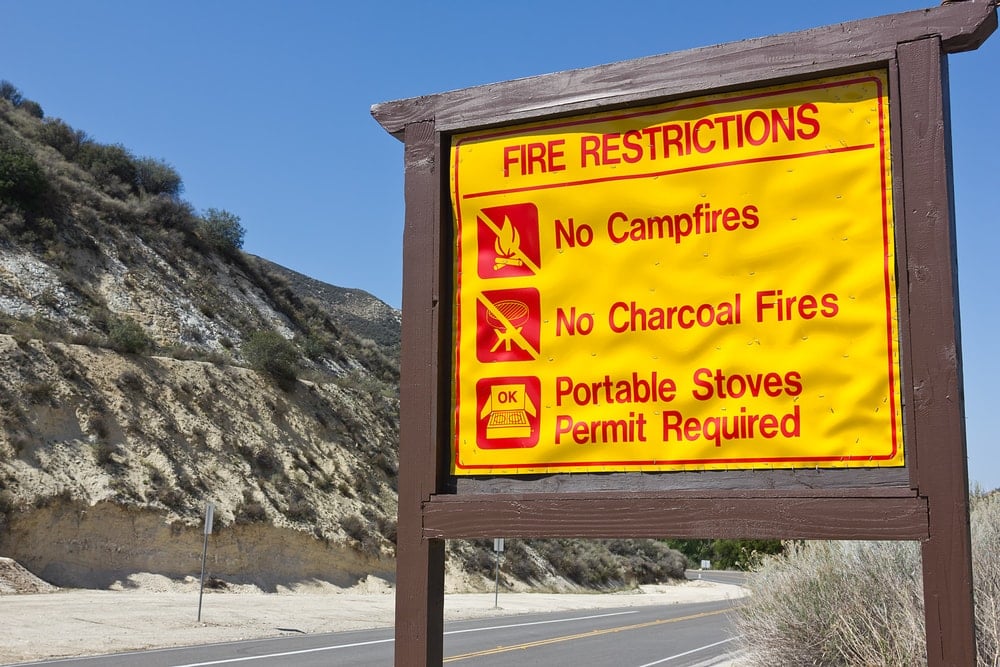
Every national forest is different and some forests require that you have certain permits to go camping.
The most common permit that you’ll hear about is a backcountry or a wilderness permit. Not all national forests require these, but if you’re looking to dispersed camp or backpack, they might be necessary. Always double-check what permits you might need in a national forest depending on your camping style.
Also keep in mind that some states, such as California, require that you have a fire safety permit to be able to make a fire or operate a stove on public lands. Most of these permits are free to get, but you’ll want to ensure that you have all your paperwork in place to be able to camp legally on public lands before your trip.
3. Understand Food Storage Regulations
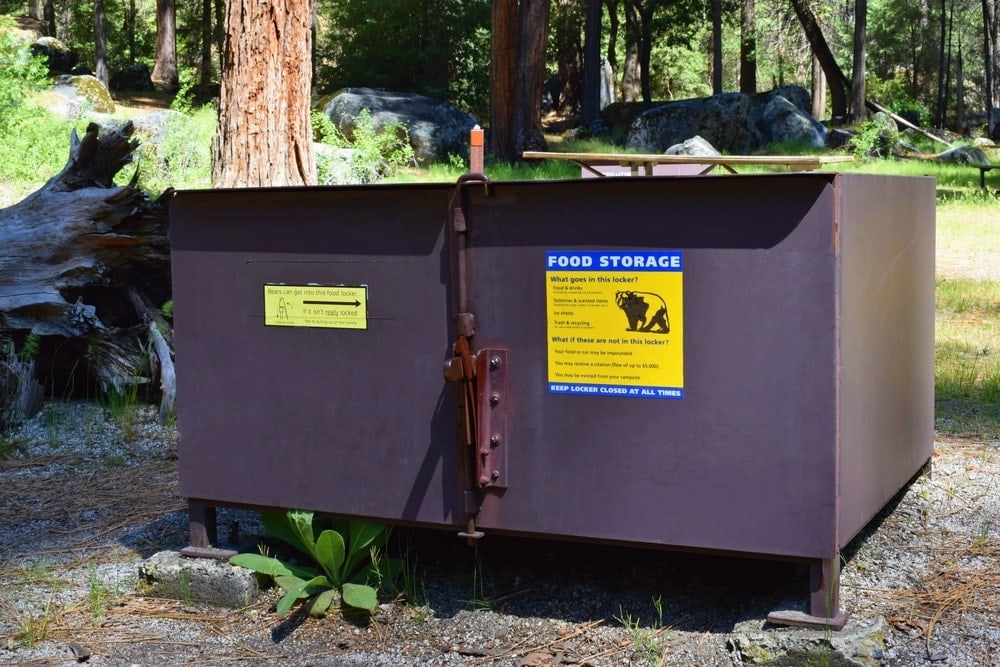
National forests are popular outdoor recreation destinations in part because they’re home to a great diversity of flora and fauna.
While wildlife sightings are great, the last thing you want is to have your food stolen by a hungry animal at night. Therefore, many national forests have food storage requirements for campers to reduce the likelihood of a negative wildlife encounter.
If you’re staying at a campground, you may be able to leave your food in your vehicle or in a designated bear box. Alternatively, dispersed campers are often asked to put their food in bear canisters or bear hangs at night. Be sure to read up on these food storage requirements before your trip.
4. Stock Up on Supplies Before Leaving Home

When you travel to a national forest, you need to come prepared. Many of these national forests are located in very remote locales and relatively few of them have as many amenities as you’d find in a national park.
That’s why it’s almost always best to stock up on food and supplies at home or in the nearest big city before heading to a national forest. Consider filling up your car with fuel before you reach a national forest, too. Even if there are general stores and gas stations available in a forest, you’ll usually find that they’re much more expensive than what you’d get elsewhere.
5. Look at a Road Map
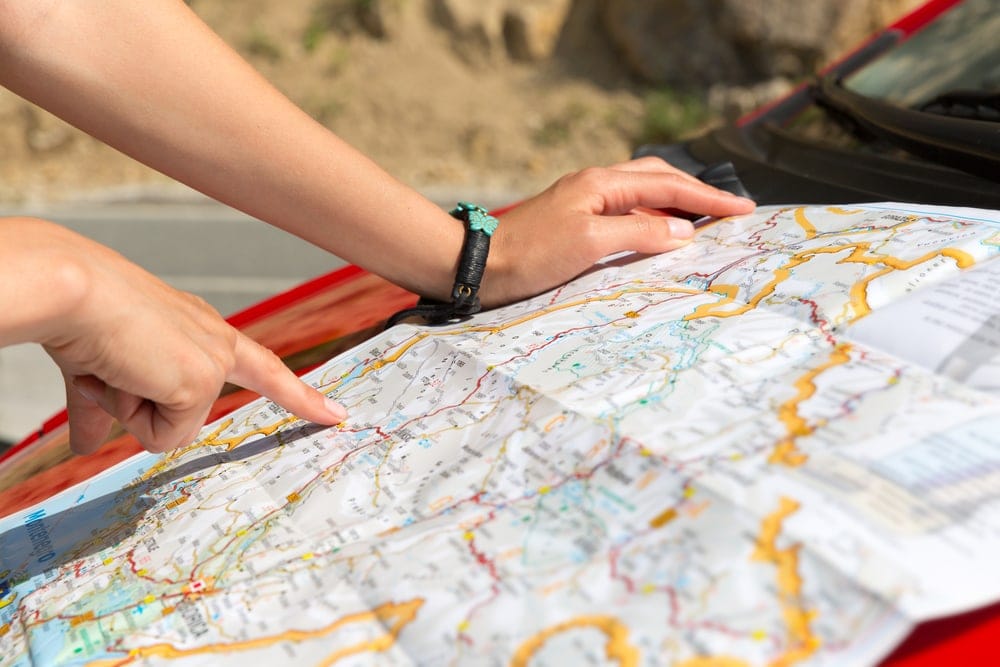
Finally, always look at a road map when planning a trip to a national forest. Following a GPS or your phone’s directions to a national forest campground or trailhead without looking at a map first is a great way to end up confused and lost in the woods. This is something that we can probably all agree isn’t exactly the best way to kick off an outdoor adventure.
The issue with using GPS devices in national forests is that most national forests contain a maze of numbered Forest Service roads. These often aren’t mapped properly by GPS devices, so you’ll get incorrect directions. But most national forests have road maps available online that are very accurate.
Additionally, Forest Service roads are known for being rough and poorly maintained. Some roads require high clearance vehicles, too, just to get to a developed campground or trailhead. Do your research to figure out if your vehicle will be able to get you to a specific camping area before you leave home.
You May Also Like: Discover The 10 Best National Parks In Arizona You Might Want To Go With Photos, Guide, Tips, and more!
Camping in National Forests FAQs
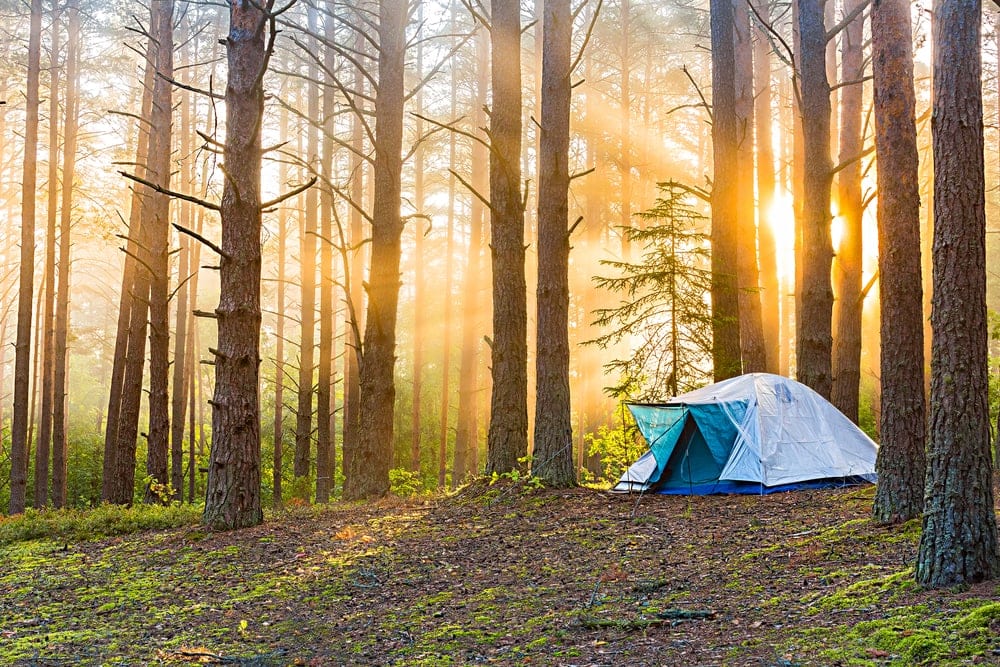
Here are our answers to some of your most commonly asked questions about camping in national forests:
Can You Sleep Anywhere in a National Forest?
National forests tend to have more relaxed camping restrictions than national parks, but that doesn’t mean you can sleep anywhere you want. Most national forests require that you either stay in a designated campground or follow specific dispersed camping guidelines. You may need to stay a certain distance from a road, trail, or water to camp in a national forest.
Can You Sleep On the Side of the Road in a National Forest?
Most national forests let you sleep in your vehicle on the side of the road unless otherwise posted. The US Forest Service occasionally prohibits camping at very popular trailheads or busy roads. Always double-check with a ranger at a local ranger district office for the latest guidance in a specific national forest.
How Long Can You Boondock in National Forests?
You can generally boondock for up to 14 days at a time in a single campsite in national forests, but this number can be higher or lower depending on the forest in question. Some forests also have maximum limits on how much you can camp in a given year. Be sure to contact a ranger directly for more information if you’re concerned about your camping trip plans.
You May Also Like:










